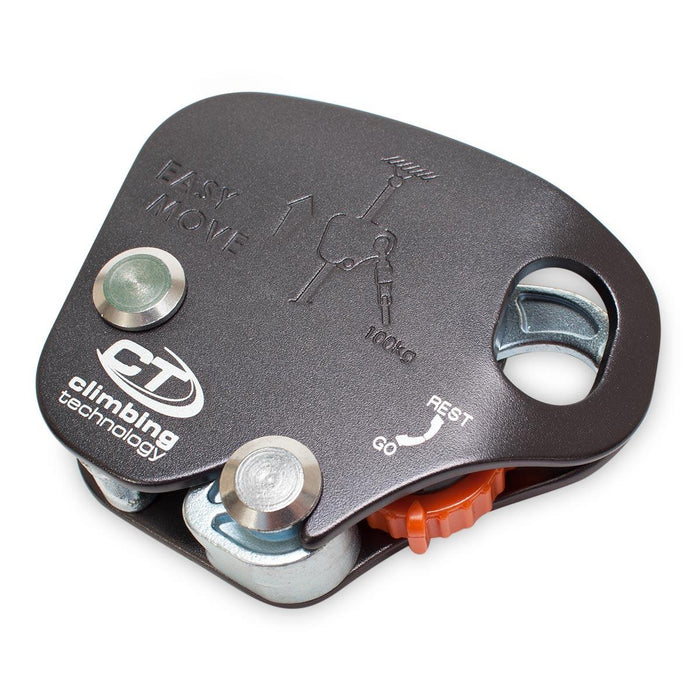
Easy Move Fall Arrester
Weight: 0.53 lb

The new micro Easy Move is the evolution of the Stop & Go device created by Climbing Technology more than 20 years ago.
LIGHTEST, ALL-IN-ONE AND COMPACT
The new micro Easy Move is the evolution of the Stop&Go device created by our company more than 20 years ago. The device, in those days, had unique features. Now, with the implementation of the latest manufacturing technologies, it has been possible to miniaturize the original slightly bulky device and enhance is performance and aesthetics.
Here are the manufacturer instructions on how to use this device.
There has been a recall on two batches of the Easy Move Fall Arrester issued by the manufacturer. This recall affect batches 0120 & 0220. More information can be found HERE. If you have a product that was manufactured and stamped with one of these two batch numbers, please contact us for further instruction.